Khmer ethnic people preserve 2,000 years of culture
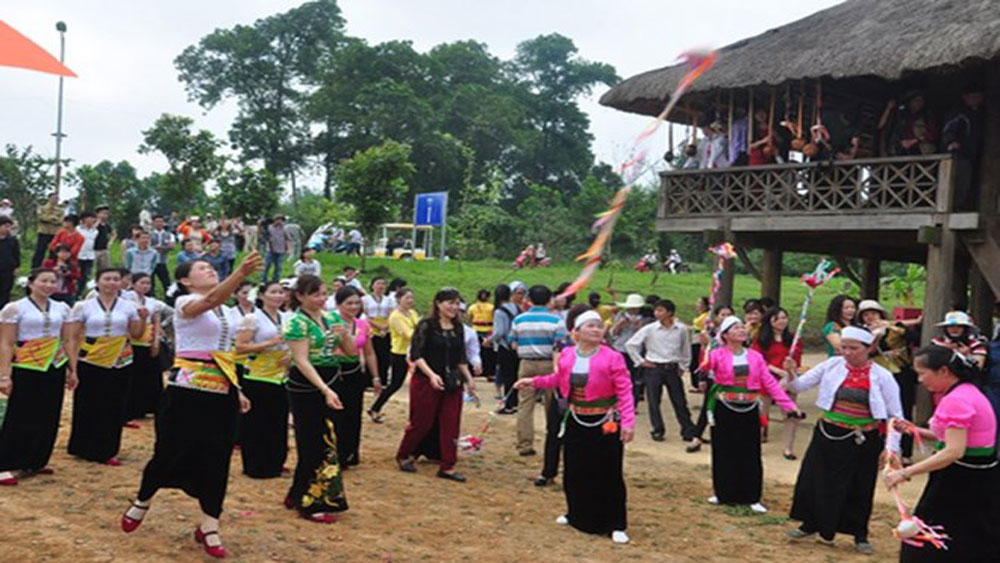 |
|
An activity in Hanoi to |
In recent years, provincial authorities have carried out Government policies on ethnic affairs by reducing poverty and improving the livelihoods of the southern Khmer and preserving the diversity of their traditional culture.
One of the most important events of the year is the province’s Khmer Festival of Culture, Sport
During the festival, the distinctiveness of the Khmer ethnic culture was on full display, having been preserved from generation to generation for more than 2,000 years.
Among the activities at the three-day event were exhibitions of the culture of the Khmer community, costume shows, performances of Khmer art troupes, culinary competitions and traditional
Besides Khmer dances, musical performances and folk singing at pagodas and during the festival, young artists from Soc Trang province revived the Pithi Chol
In earlier times, Khmer girls married only after completing a rite called Pithi Chol
The restoration of Pithi Chol
The Pithi Chol
The girls learn housework skills (cooking, weaving, and embroidery), communication skills, good behavior, social responsibility and how to keep their souls “beautiful”. According to ancient Khmer customs, it is difficult for a girl to find a husband if she does not take part in the rite.
Traditional costumes express the features and religious beliefs of the Khmer. They are decorated with different motifs and patterns, requiring fine tailoring skills and designs.
The costume for Khmer women is the
Khmer women wear skirts decorated with motifs of oval inlays, flowers
The daily costume of women is similar to the Vietnamese ethnic majority Kinh’s ao
The traditional costume of Khmer men is a sarong, a long piece of delicately embroidered cloth. They also often wear sarongs and black blouses.
Today, Khmer only wear traditional costumes on special occasions, such as art performances, ceremonial rites, wedding ceremonies, and festivals.
Unusual hats and masks are an indispensable part of traditional costumes. The hats are designed in the shape of heads and sacred animals.
The craft requires a thorough understanding of Khmer culture. All of the work is done by hand and requires patience, creativity and care in every detail.
There are about 1.3 million ethnic Khmers living in southern Vietnam, accounting for seven percent of the region’s population, ranking second to the Kinh (ethnic Viet).
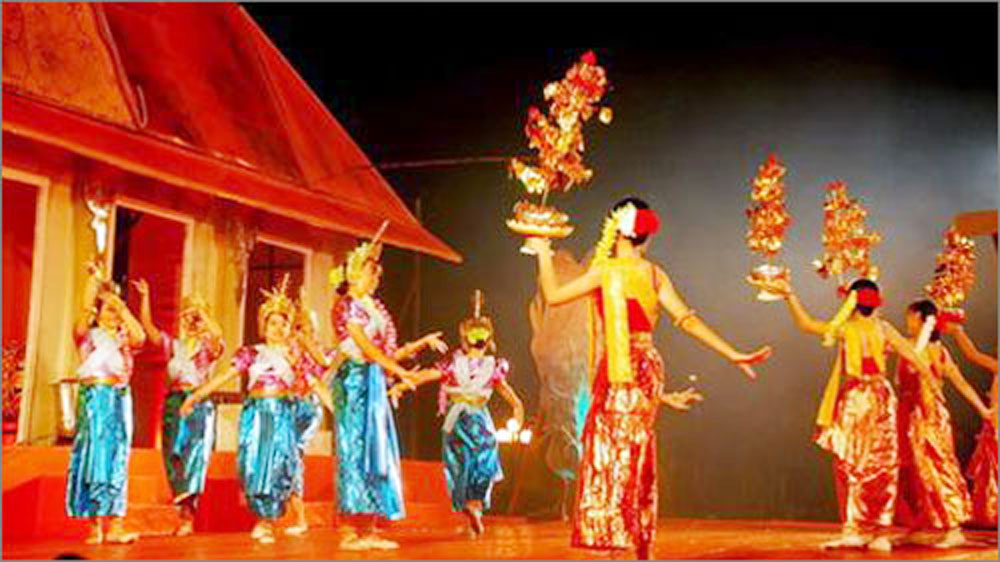 |
|
A |
They reside in the Mekong Delta provinces of Tra Vinh, Soc Trang, Kien Giang, An Giang, Bac Lieu, Vinh Long, and Can Tho City.
Most Khmer are Theravadan Buddhists and show deep respect to Buddhist monks. Pagodas are the most sacred and important places in their spiritual life.
Through the architecture of the pagodas, Khmer artisans have preserved the tenets of their Buddhist faith, which inspires them to do good things.
Some Khmer pagodas were built centuries ago and are recognized as national cultural and architectural relics. They are used for communal activities, festivals, and folk culture training classes.
Young Khmer men must spend a period as monks to foster knowledge and values. If they do not complete their classes, they are not recognized as adults.
During their time in pagodas, the young men learn Buddhism and write and speak Khmer, contributing to the preservation of the Khmer language and traditional culture. The ashes of many Khmer are preserved in pagodas after death.
Xiem Can Pagoda, one of the biggest and most splendid in the south, was built in 1887. It is covered by walls with decorative images of snake genies and eye-catching motifs. Its east gate is painted dark yellow and red, typical
Each year, more than 10 festivals are held, including the three principal ones: the Ok Oom Bok (long boat race), Sen
To help them celebrate the November festival of 2017, the Bac Lieu Provincial People’s Committee granted 250 million VND (11,004 USD) to upgrade traditional Khmer long boats and pentatonic musical instruments.
In September, following a Prime Ministerial decision on land and employment policies for ethnic people in the Mekong Delta region, Tra Vinh province allocated more than 36 billion VND (1.58 million USD) to provide residential land for 1,474 poor Khmer households.
In 2022, the eighth festival will feature the sports, culture and tourism traditions of the southern Khmer in Soc Trang. It will be hosted every five years in one of the southern provinces.
Source: VNA
 Bắc Ninh
Bắc Ninh

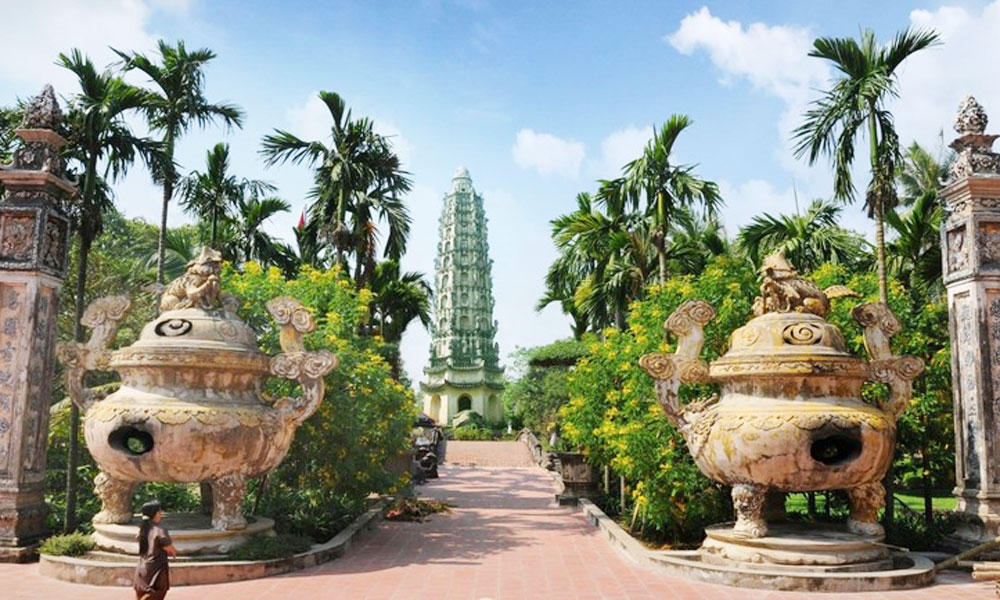


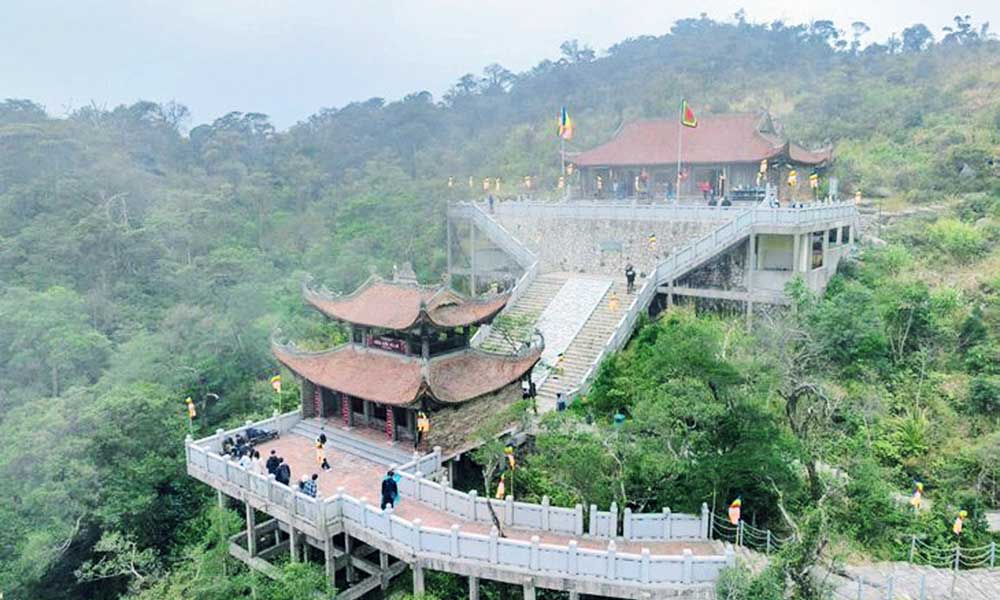


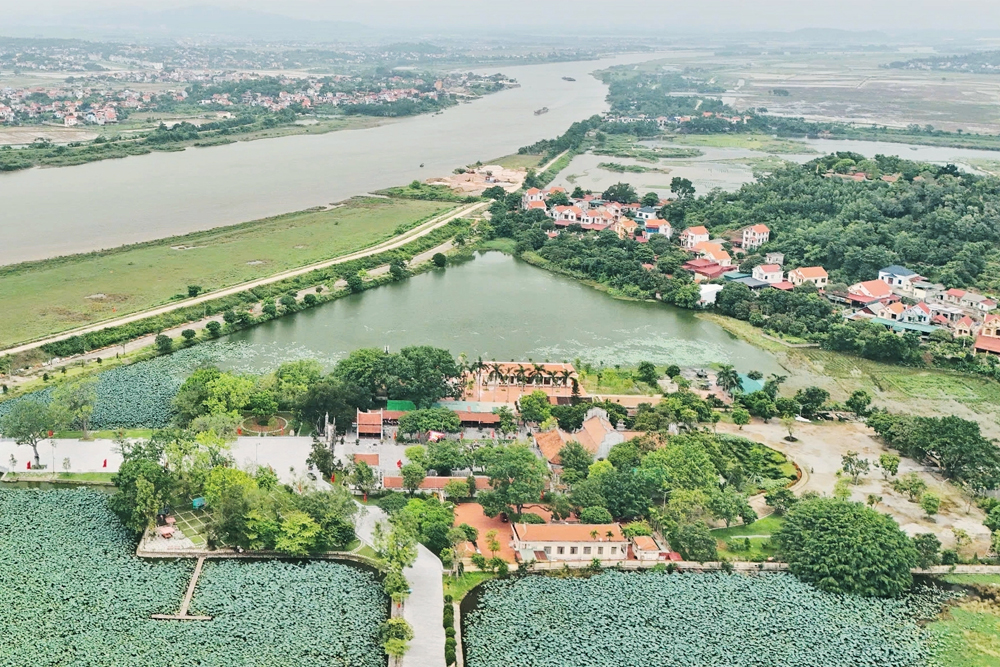
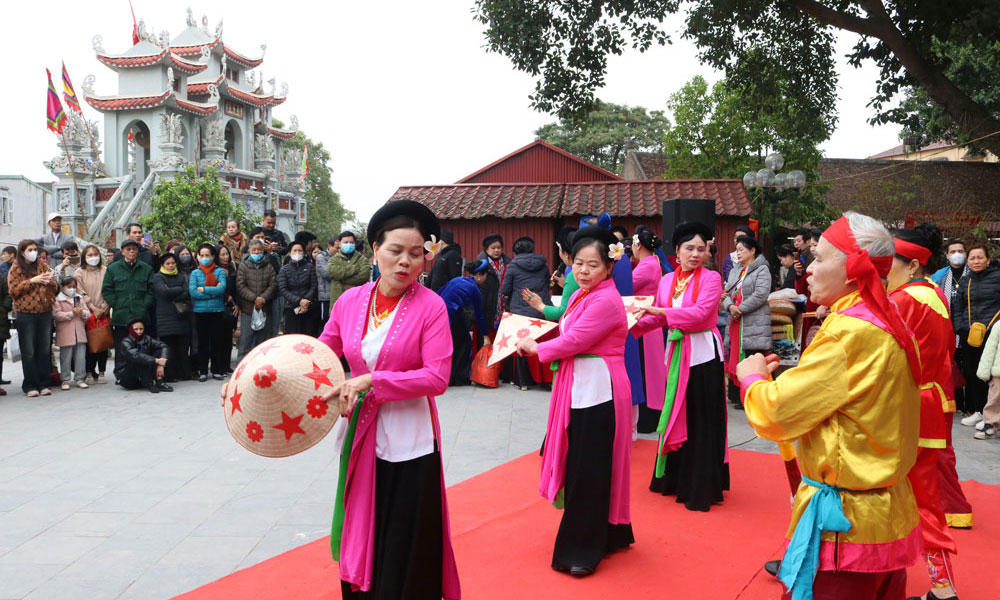
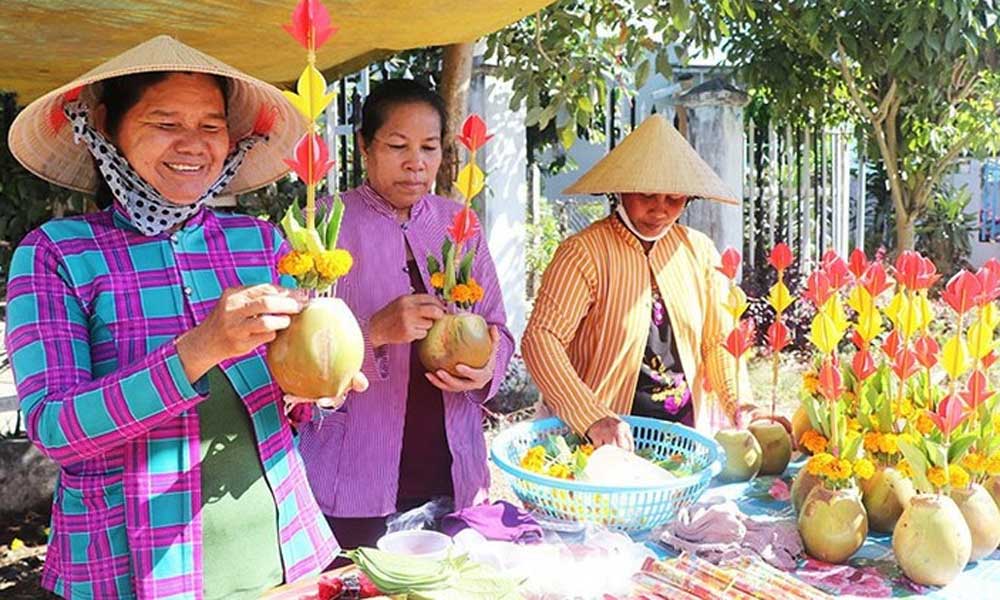
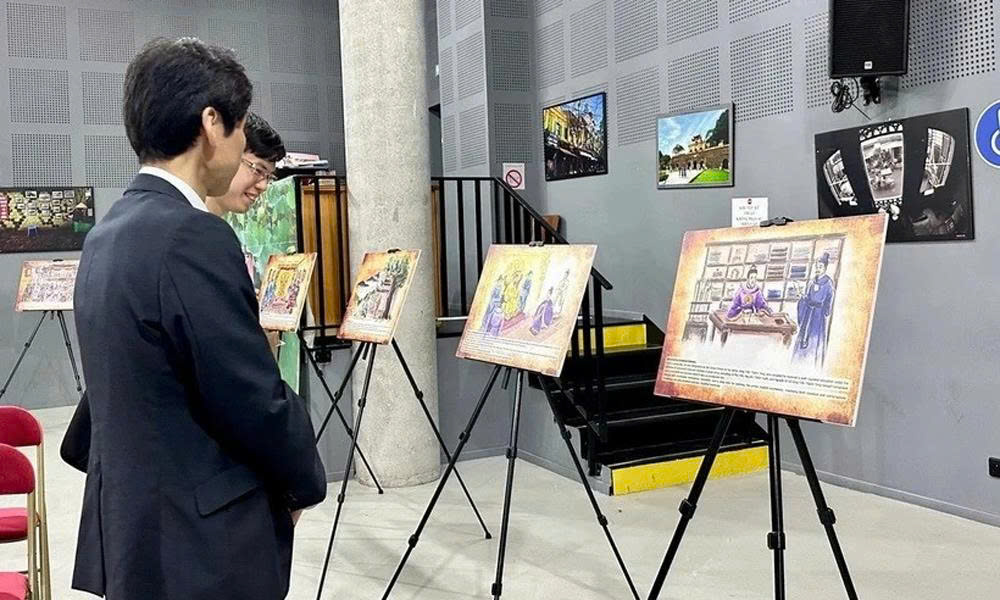
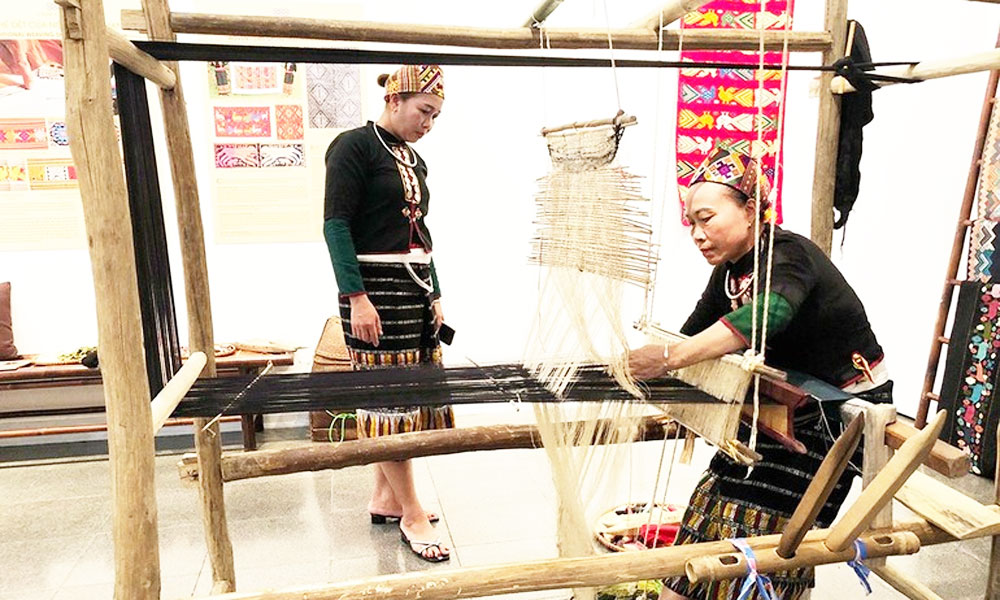

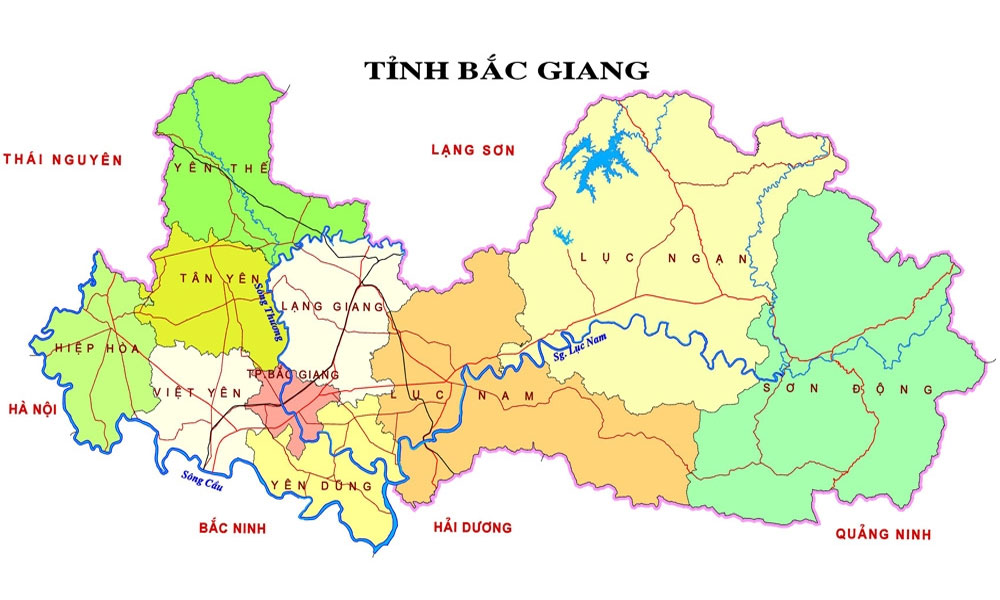


Reader's comments (0)